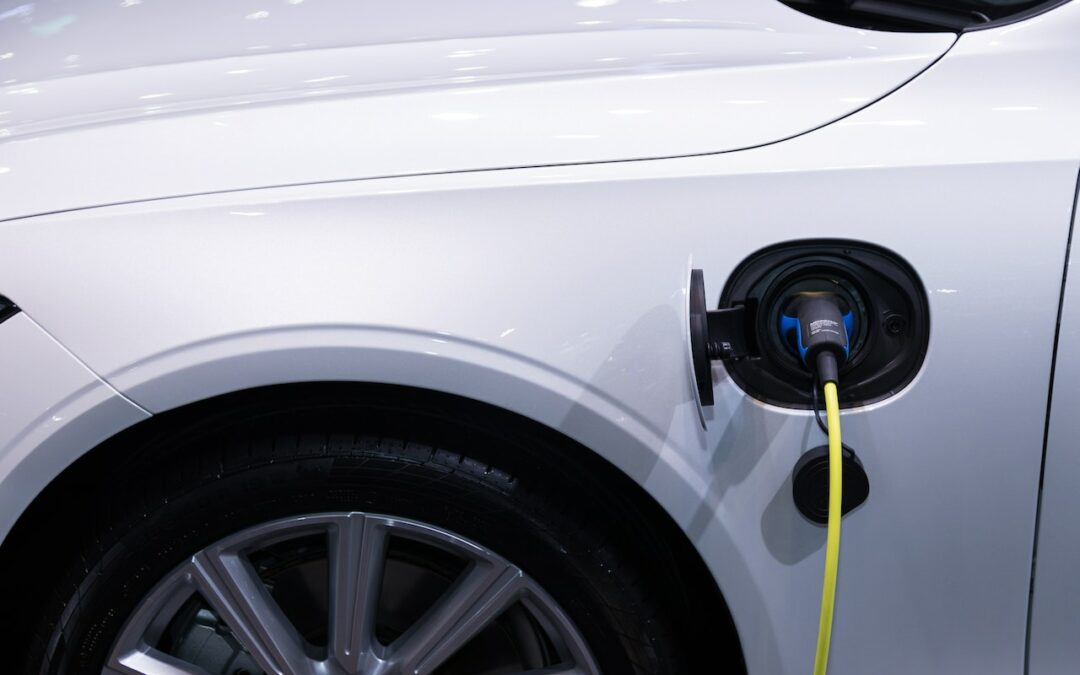
Boral secures grant for cement kiln carbon reduction
Boral Limited has announced that it has secured $24.5 million in federal government funding for a new cement kiln infrastructure project, which will enable it to significantly reduce its CO2 emissions arising from cement manufacturing by up to 100,000 tonnes per annum, based on predicted production rates.
The company says the kiln feed optimisation project at Berrima Cement Works plays a key role in Boral’s broader decarbonisation pathway by reducing process emissions — the largest and most-difficult-to-abate emissions source in cement manufacturing.
The funding announcement was made by Minister for Climate Change and Energy Chris Bowen at Berrima Cement Works in NSW’s Southern Highlands — a site responsible for supplying up to 40% of cement in NSW and the ACT. The grant is from the federal government’s Powering the Regions Fund, aimed at supporting projects that will enable the decarbonisation of existing industries and contribute to Australia’s emission reduction targets.
The funding will supplement Boral’s capital investment into a new specialised grinding circuit and supporting infrastructure at the Berrima Cement Works. Clinker, formed by heating limestone and other materials at extremely high temperatures in a kiln, is the key ingredient in cement and is highly energy-intensive to produce. It is globally recognised as a difficult to abate manufacturing process, while also being key to all modern construction methods.
The integration of the specialised grinding circuit will enable Boral to substantially increase the proportion of alternative raw materials (ARMs) in kiln feed to up to 23% — up from its current 9% capability — and subsequently lower the amount of limestone used. The key benefit of utilising ARMs over limestone, is that limestone when heated during the clinker manufacturing process will natively release CO2 as the limestone is converted into clinker through calcination. Approximately 55% of the CO2 emissions of the Australia cement and concrete sector originate from this calcination of limestone and are commonly referred to as ‘process emissions’.
As an additional benefit, ARMs also require lower heating temperatures compared with limestone and, therefore, lower energy intensity.
Boral plans to use ARMs derived from a range of by-products from the steel manufacturing process and industrial waste rejections, including granulated blast furnace slag, steel slag, cement fibre board, fly ash and fine aggregates from recycled concrete.
The funding will enable the company to progress to the next phase of detailed process designs for front-end engineering, followed by procurement, construction, installation and commissioning. It is expected to be fully operational in 2028.
“At Boral, we have clearly set out the range of measures we intend to implement to meet the challenge set for us on reducing carbon emissions,” Boral CEO Vik Bansal said. “This is just one investment we have made at Berrima, building on our previous innovations around use of alternative fuels.
“As a result, Boral is on track to remain below the baseline safeguard mechanism requirements. We are also very pleased to be investing in a crucial and historic part of Australia’s manufacturing and construction sector.”
Image caption: Boral-Bowen federal government announcement. Image supplied by Boral.



